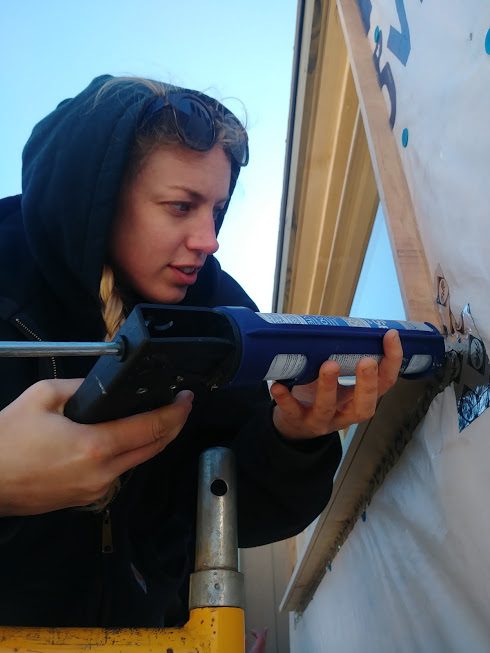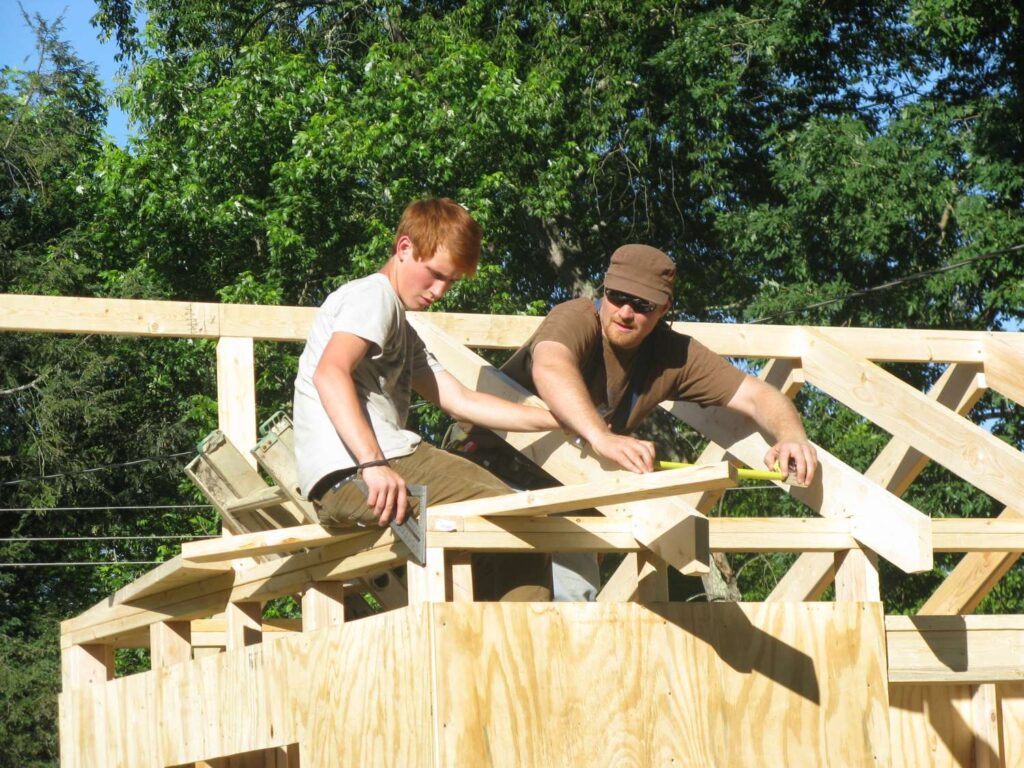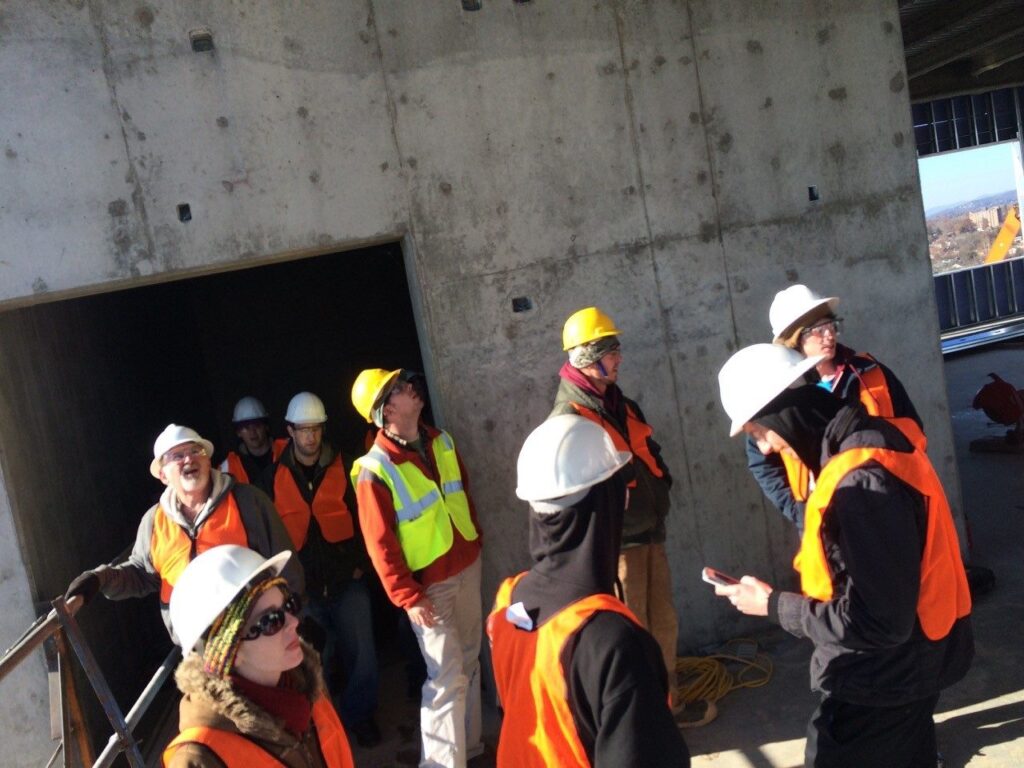As our workforce faces the challenging mass exodus of baby boomers retiring over the next decade, there exists a unique opportunity to explore solutions that could not only put numerous Americans to work, but also solve some of our country’s greatest struggles.
This retirement boom is inevitable and already underway. Pew Research Center estimates that every day, 10,000 workers become eligible for retirement. This will eventually create a void in the workforce never seen before.
The skilled-trades sector is expected to be one of the hardest affected by this shift. It’s estimated that 60 percent of skilled trade positions could leave the workforce in the next five years. Some companies began reporting difficulties in hiring skilled labor as early as 2013. Many sources say this challenge has the potential to significantly influence the economy.
For many years, American high schools taught all students vocational and job-ready skills along with reading, writing, and arithmetic. In the 1950s, however, a different educational philosophy emerged that instead separated students into specific educational tracks with more focused curriculum based on perceived ability.
As this approach was established, concerns emerged that students were being assigned to tracks not based on aptitude but according to socio-economic status and race. In response, rather than bring vocational studies back into the core curriculum, a shift was made to put all students into a college-preparatory track.

Although well-intended, this move has been problematic. According to the Bureau of Labor Statistics, 30 percent of U.S. high school students now graduate with neither academic nor job skills. While 68 percent of high school students attend college, the BLS reports that 40 percent of them don’t complete a four-year degree. And of those who do complete, the BLS says a third of graduates end up in jobs that didn’t require a four-year degree.
Today, community colleges and technical trade schools educate more than half of all American undergraduates. These organizations are well-poised to train the workforce to whom skilled-trade Baby Boomers can pass the torch.
Community colleges even allow some students to get college credit while in high school, which can fast-track training efforts even further. This should in no way undermine universities, but be symbiotic; for example, by having articulation agreements for transfer students. Universities play a critical role in society and community colleges are a major source of their transfer students.
Studies show that many students who get job-specific skill training go on to get additional higher education, as the modern workforce favors those who have firm, transferable skills and are open to continuous learning.
By providing educational options early, we can not only address problems with K-12 and higher education but also put young people to task in recreating our energy infrastructure to address climate change while growing the economy.

Despite some political setbacks and the loss of the state’s solar rebate program, North Carolina still ranks second behind California nationwide for cumulative solar installation and utility-scale systems.
Duke Energy also just introduced a $62 million solar rebate program for North Carolina residential, business, and nonprofit customers. This not only offsets carbon and helps utilities meet demand, but it’s putting young North Carolinians to work, doing jobs that they can feel good about. Many employees and job creators alike want to know that they are contributing to solutions, and not adding to the problems of society and the environment with the work they’re doing.
Asheville-Buncombe Technical Community College is just one of the resources in Western North Carolina offering programs in skilled trades such as building construction science, construction management, and sustainability technologies. The Engineering and Applied Technologies division at A-B Tech in Asheville offers additional programs in skilled-trade areas including HVAC, environmental engineering, electrical, automotive, welding, computer-aided drafting technology, and more.

Programs like these across the state and country are providing much needed affordable and consolidated training for a variety of skilled trades. In the traditionally energy-intensive construction industry, this training is helping to make our homes and buildings more energy-efficient and healthy, not only for the planet but the building’s occupants as well. Renewable energy programs, such as the new consolidated Solar Photovoltaic certificate at A-B Tech in Asheville, are training a new workforce to help meet the demand of a rapidly growing solar industry.
Community colleges also offer many affordable continuing-education opportunities that address workforce development, as well as life-enrichment classes.
The Higher Education Act of 1965 supported the wide-scale construction of public colleges and affordable ways for students to fund their education. Today, even as tuition costs have risen and education budgets have shrunk, our community colleges remain affordable public assets that we should value and support.
Just as President Franklin D. Roosevelt’s New Deal trained youth and put them to work in creating public infrastructure while helping to form the once-largest middle class in the world, our schools, colleges, and universities also have a role to play in addressing our current labor shortages.
These invaluable institutions are uniquely positioned to improve the sustainability of our workforce by providing educational options, as well as addressing tangible environmental and economic issues around climate change and growing income inequality.
Heath Moody has been an instructor at Asheville-Buncombe Technical Community College since 2005. He helped develop A-B Tech’s Sustainability Technologies program through a Department of Energy grant in 2010, and became chair of that department of the college in 2011. Having studied at Appalachian State University, he holds a bachelor’s degree in anthropology and sustainable development, and a Master of Science in industrial tech and appropriate technology. He has served on Green Built Alliance’s Board of Directors since 2012, as an advocate for sustainable and affordable housing in the Asheville area.
You can also view this article as it was originally published on pages 70-71 of the 2018-2019 edition of the directory.

